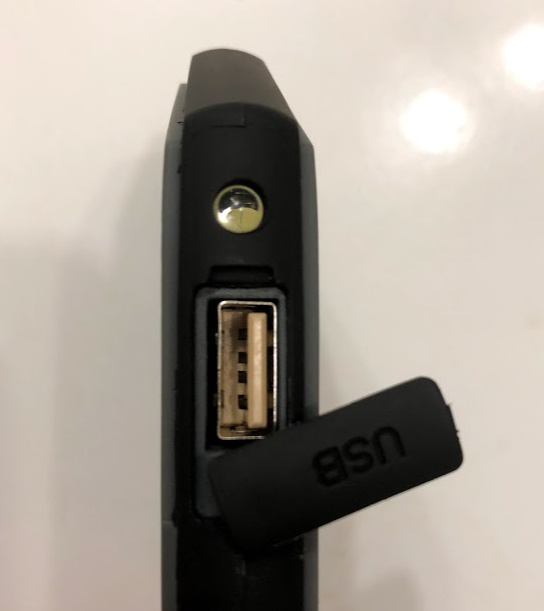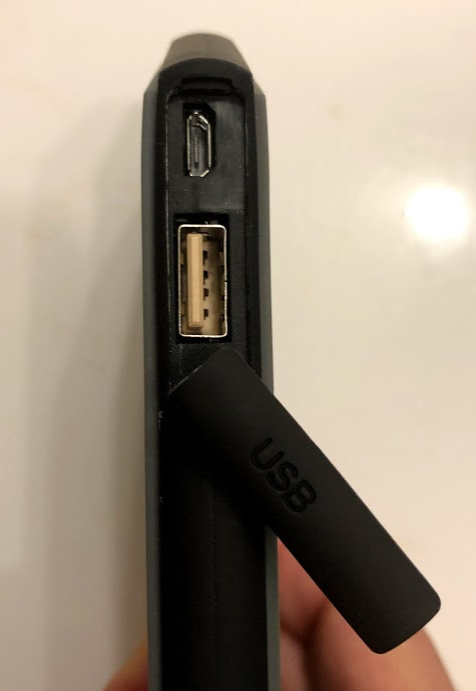Impractical in real life.
Do you have the specs, weight, size? Do you know the Wattage of the solar cells.
Assuming it is using current generally available technology, then it suffers from this:
- the added weight of solar, if you were to look at that added weight of a slightly bigger Powercore, you get more actual useful energy. Sun is less reliable than a bigger Powercore.
- the solar panel is so small, it takes a very long time to get much energy. So a largely useless solar panel, which can let you down more than a bigger Powercore instead.
- Lithium cells hate heat, they age faster in it and perform badly. Sun make heats. So when you did try to rely on it, it dies.
No, simply no. Don’t. You can do a better solar job with say Anker’s 21W folding panel, you can do a better stored energy product with say a 20000mAh Powercore.
A useful way to bypass the realisation it is a bad idea is do thought experiments of specific events.
A) “wandering into the wilderness for a week”. Well in a week of sun you’ll not get much energy from such a small solar panel, and it may not be sunny, so you’re putting yourself at more risk. So you’d instead carry simply a bigger Powercore.
B) “wandering into the wilderness for 3 weeks”. Well you’d be likely finding it sunny probably for some of the time, and in the sunny periods you want to ingest energy quickly, so a big solar panel. For a long enough trip, solar works out lighter than just more Powercore. So you’d instead carry a big solar panel and a medium-size Powercore.
C) “I put it out every day to top-up and use each night”. Well it is cooking in heat every day, it then dies from heat and is useless.




 see the first pic…
see the first pic…



 (though it would be a sad first powerbank with PIQ3)
(though it would be a sad first powerbank with PIQ3) I clicked this link thinking “hmmm posted only 3 hours ago, I wonder if
I clicked this link thinking “hmmm posted only 3 hours ago, I wonder if 